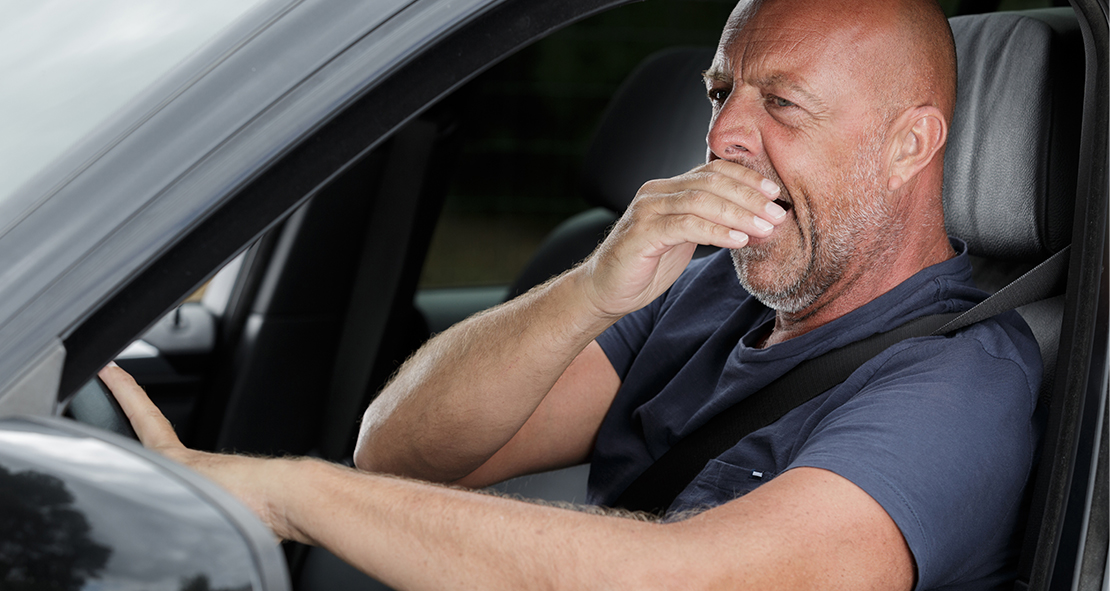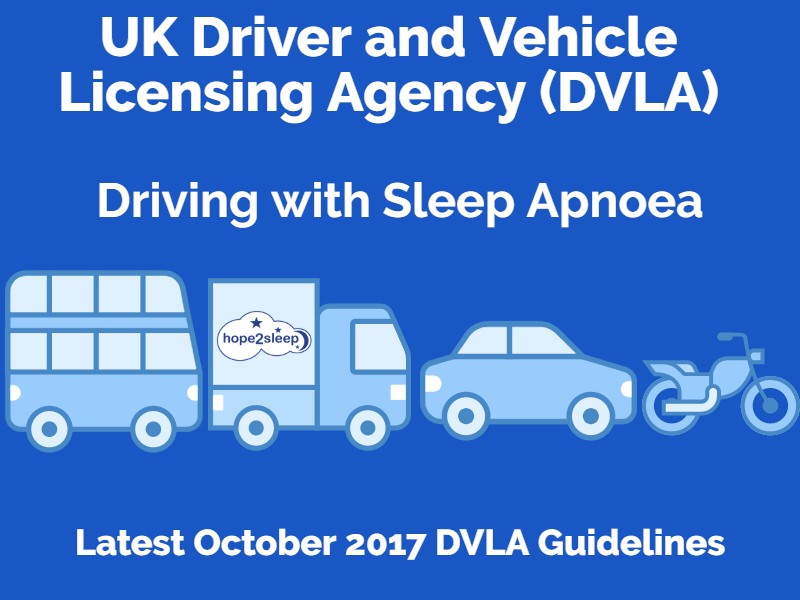Can you drive with sleep apnea? Will DVLA modify driving regulations for sleep apnoea? What is mild obstructive sleep apnea? Is driving and sleep apnoea improving?
Obstructive Sleep Apnoea with the symptom of excessive sleepiness: You must not drive until your excessive sleepiness symptom has been satisfactorily controlled. Good news – DVLA modify driving regulations for patients with sleep apnoea! The directive was intended to harmonise rules across the EU, but in the UK resulted in a new set of inflexible regulations, that did not represent clinical reality.
Not necessarily, the DVLA have a form (SL1) that you have to fill out and they will do an investigation, including requesting information from your doctors, before they make a decision. You should probably tell your insurance company. SATA does however suggest that if the sleepiness gets any worse you go back to your GP. If your excessive sleepiness symptom cannot be controlled within three months you must notify the DVLA.
Use a different form to report these conditions if you only have a car or motorcycle licence. Legislation states that objective sleep study measurements for driving assessment purposes should use the apnoea-hypopnoea index (AHI ). Check the list of health conditions if yours isn’t listed.
Recognising that not all sleep services use AHI, the DVLA. Check if you need to tell DVLA about your condition to find the forms or questionnaires you need. The address you need is on the forms.

DVLA will send you an SLform so you can give details about your OSA. The Sleep Disorders Clinic is here to provide practical advice and second opinions to help keep safe drivers on the road. The Sleep Apnoea Trust have produced a leaflet on DVLA guidance for drivers with sleep apnoea, which you can read here. Driving with sleep apnoea.

If you have OSA and hold a standard driving licence, the DVLA will require certification that you are using a treatment (such as CPAP or oral devices), and that it is working, every three years. The DVLA has introduced new guidelines for drivers with obstructed sleep apnoea (OSA). UK are believed to suffer from untreated OSA.
In the case of severe OSA. Is your condition under control? You must tell DVLA if you have: 1) obstructive sleep apnoea which affects your ability to drive safely. This means that you are free of excessive daytime.
Sleep apnoea is when you stop breathing "whilst" asleep. It disturbs sleeping patterns. This can make you extremely sleepy the next day – you may find you often doze off at inappropriate times. The disturbed sleep can also have important consequences for your long-term health.
The disorder is characterised by relaxation and narrowing of the walls of the throat during sleep, causing temporary breathing cessation or marked decreases in airflow. Obstructive sleep apnoea (OSA) is a relatively common condition and is estimated to affect 1. Thisin a reduction in oxygen saturation levels and an increase in. The diagnosis from the consultant said score of 38.
A pleasant and knowledgable lady said I did need to inform the dvla who would contact the doctor. It happens as the muscles of the neck and throat relax and the jaw drops.
My partner has sleep apnea and this is controlled by the cpap machine. He has just completed the first year of using it and this will be the first year of doing a car insurance whilst declaring it from the start of the policy.
His insurer atm are aware of his condition.
No comments:
Post a Comment
Note: only a member of this blog may post a comment.